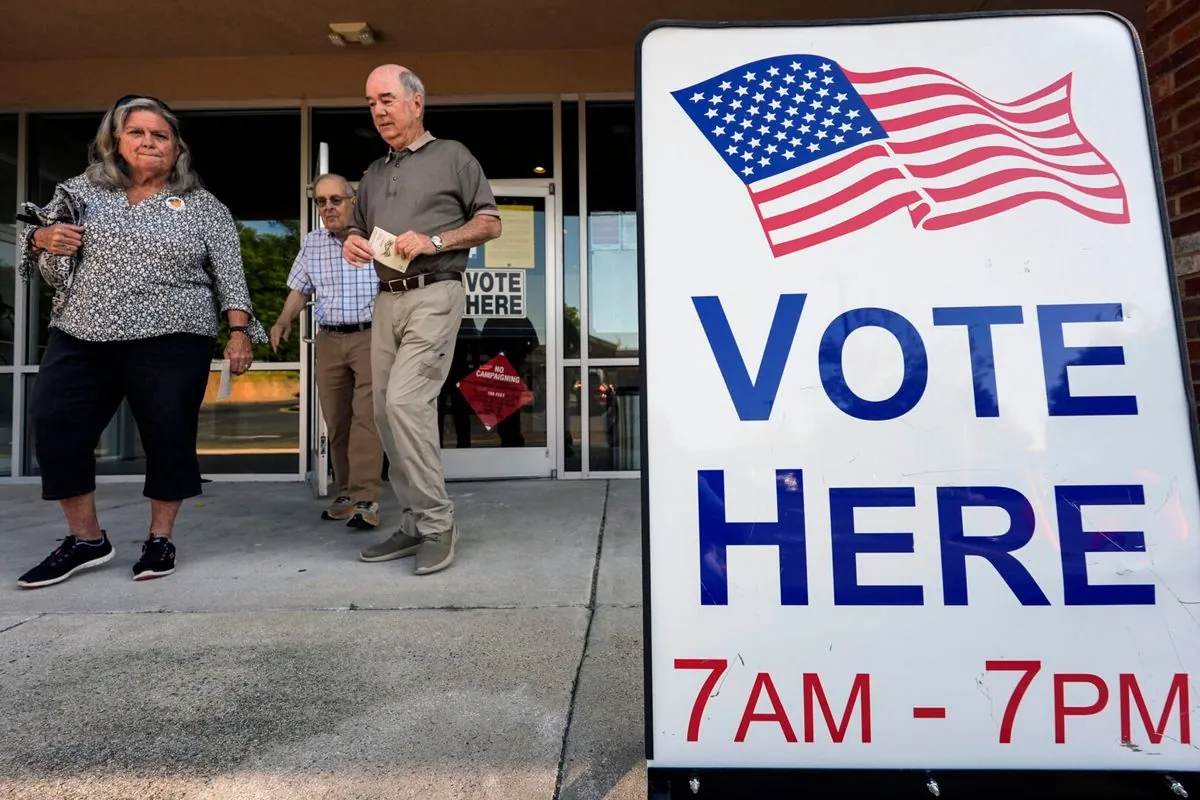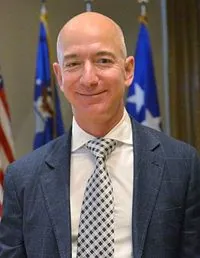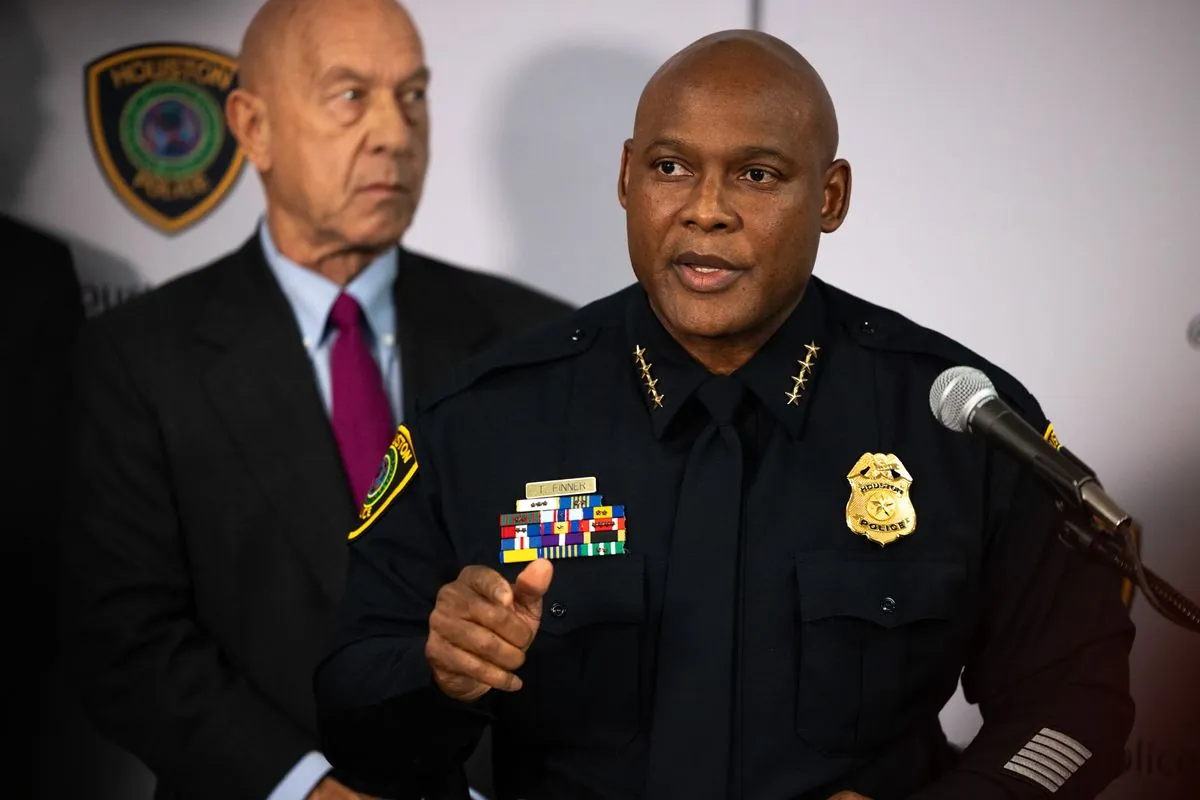Trump's Gambit: Targeting Non-Voters in Key States for 2024 Win
Trump's campaign focuses on low-propensity voters in battleground states, using volunteer "Force Captains" to boost turnout. Experts view the strategy as risky but potentially game-changing in close races.

In a strategic move for the 2024 presidential election, Donald Trump's campaign is targeting infrequent voters in crucial battleground states. This approach aims to secure his return to the White House by mobilizing a traditionally overlooked segment of the electorate.
The campaign has deployed volunteers dubbed "Trump Force Captains" to engage with "low propensity" voters - those who don't consistently participate in elections. This tactic is being implemented in key states where a margin of tens of thousands of votes could determine the outcome, reflecting the significance of the Electoral College system in U.S. presidential elections.
A recent New York Times/Siena College poll highlighted the potential of this strategy. While Trump held a narrow 48% to 47% lead over Kamala Harris among likely voters, his advantage expanded to 9 percentage points (49% to 40%) among those who didn't vote in 2020. This disparity underscores the untapped potential in the non-voter demographic.

Campaign training materials obtained by Axios reveal the focus on contacting "hard-to-reach, low-propensity voters" who might support Trump but are unlikely to vote. Volunteers are assigned 25 such voters and instructed to visit at least 10 in person. To motivate these efforts, the campaign offers incentives ranging from expedited rally entry to exclusive Mar-a-Lago party invitations for high-performing volunteers.
Rachel Gottberg, a 34-year-old volunteer, noted that this approach differs from the 2020 campaign strategy. The shift reflects an evolving understanding of voter behavior and the potential impact of mobilizing infrequent voters.
Michael Berkman, a political science professor at Pennsylvania State University, explained:
"It does seem clear from polling that people who are less committed to voting are more likely to support Trump, so he's relying upon a [larger] pool of lower propensity voters than she is."
Berkman added that while the incentive techniques for volunteers might be novel, the overall concept is not groundbreaking in political campaigning.
Republican strategist Amy Koch emphasized the high stakes of the election:
"I think, in this race that is going to be razor thin close... it's not a bad strategy, but it's also a very risky strategy and we're down to the last two months."
The Harris campaign, in contrast, is employing a broader approach, bolstered by substantial financial resources. Following a recent debate, the campaign received a nearly $50 million boost, adding to the $361 million raised in August - almost triple Trump's fundraising.
While the Trump campaign reports around 27,000 top volunteers and hundreds of thousands in other roles across battleground states, the Harris campaign claims 60,000 volunteers in Pennsylvania alone. This disparity in resources highlights the challenges facing Trump's strategy.
Andrew Kolvet, a spokesperson for pro-Trump group Turning Point Action, emphasized the potential impact:
"When you break down the numbers, you realise there's 300,000 low-propensity, conservative-leaning votes in Arizona alone. When you're losing these states by 10,000 ballots or 20,000 ballots, you realise just how much potential there is if we do the work of engaging these voters beforehand."
As the campaign enters its final phase, the effectiveness of Trump's focus on non-voters remains to be seen. With voter turnout in U.S. presidential elections historically averaging around 55-60%, the strategy could prove decisive in a close race. However, the challenge of mobilizing traditionally disengaged voters in a political landscape increasingly influenced by social media and data analytics presents both risks and opportunities for the Trump campaign.


































